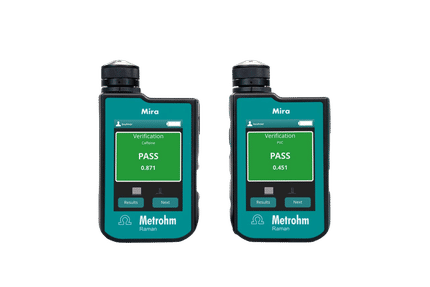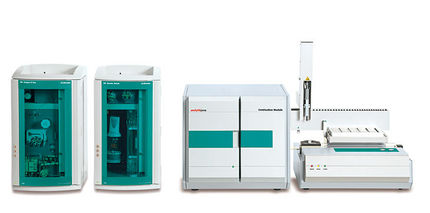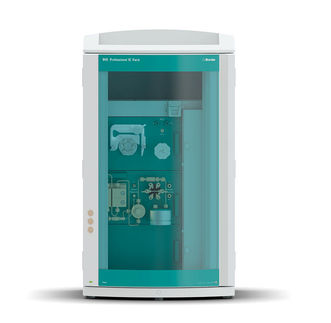To use all functions of this page, please activate cookies in your browser.
my.chemeurope.com
With an accout for my.chemeurope.com you can always see everything at a glance – and you can configure your own website and individual newsletter.
- My watch list
- My saved searches
- My saved topics
- My newsletter
1,3-Dichloropropene
Product highlight
Overview1,3-Dichloropropene is a colorless liquid with a sweet smell. It exists as a mixture of the geometric isomers cis-1,3-dichloropropene and trans-1,3-dichloropropene. It dissolves in water and evaporates easily. It is used mainly in farming as a pesticide, specifically as a preplant fumigant and nematicide. It widely used in the US and other countries, but in the process of being phased out in the European Union.[1] Effects1,3-Dichloropropene (DCP) causes irritation at the point of contact. Inhalation can cause nausea, vomiting, irritation of the skin, eyes, and throat; breathing difficulties, headache, and fatigue. These effects generally occurr at exposure levels that are much higher than the background levels found in air or water. Rats and mice that inhaled DCP repeatedly for about 2 weeks had damage to the lining of the nose, and mice had damage to the lung. A man who accidentally ingested DCP died with severe damage to his stomach and surrounding organs, but little else is known about the effects of ingesting these substances in humans. Animal studies have reported damage to the stomach lining, lung congestion, difficulty walking, and effects on the liver and kidneys from ingesting high levels of DCP.[citation needed] A few workers who had skin contact with pesticides containing DCP developed blisters and an allergic reaction on their skin.[citation needed] It is not known whether DCP can cause birth defects in humans. Pregnant rats that inhaled 1,3-dichloropropene gave birth to fewer pups or pups with lower body weight. This occurred at exposures high enough to be toxic to the mothers.[1] DCP is testable via blood and urine tests, although it is only detectable in the body for 1-2 after exposure. Exposure level estimates are possible with a blood sample. CarcinogenicityEvidence for the carcinogenicity of 1,3-dichloropropene in humans is inadequate, but results from several cancer bioassays provide adequate evidence of carcinogenicity in animals. The Department of Health and Human Services (DHHS) has determined that 1,3-dichloropropene may reasonably be anticipated to be a carcinogen. The International Agency for Research on Cancer (IARC) has determined that 1,3-dichloropropene is possibly carcinogenic to humans. The EPA has classified 1,3-dichloropropene as a probable human carcinogen.[2] Use1,3-Dichloropropene is used as a pesticide in the following crops: [3]
ContaminationThe ATSDR has extensive contamination information available.[4]
References
Further reading
Categories: Alkenes | Organochlorides |
||||||||||||||||||||||||||||||||||||||||||||||||||||||||||||||||||||||||||||||||||||||||||||||||||||||||||||||||||||||||||||||
| This article is licensed under the GNU Free Documentation License. It uses material from the Wikipedia article "1,3-Dichloropropene". A list of authors is available in Wikipedia. | ||||||||||||||||||||||||||||||||||||||||||||||||||||||||||||||||||||||||||||||||||||||||||||||||||||||||||||||||||||||||||||||







